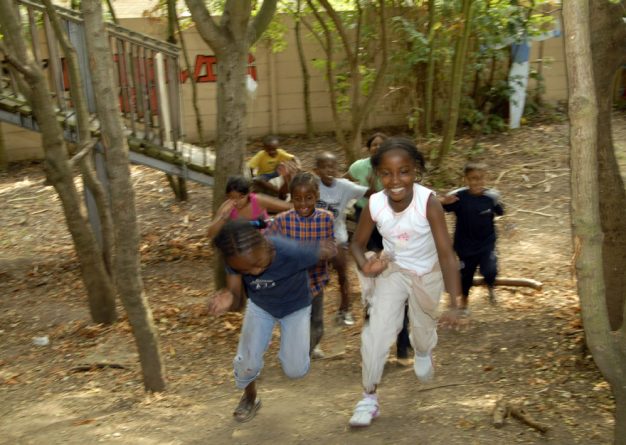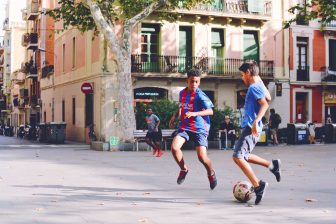
Diversity within the children play sector
Having worked in the Play and Youth Work profession for over 16 years in a variety of roles and settings, writing about diversity within the play sector is very dear to my heart.
‘Why?’, you may ask. Well, being a Black British woman who loves the work I do and, without a doubt, understands the importance of play, I have over the years witnessed and experienced first-hand just how vital it is that the play work sector reflects the diverse and rich communities that they serve.
Ever since I started work in the play profession, many settings within the field have tended to have diverse-ish (if I can use that word) staffing teams from Black and Minority Ethnic (BAME) communities. This can also be seen in terms of heads of centres in some, although not many, boroughs. However, there is a clear lack of representation in higher positions from BAME communities that can make decisions, influence diversity and empower communities they represent playfully and fly the flag for Play.
This, for me, is what lies at the heart of improving diversity within the Play sector. Adjusting this, however, is not an easy task and until we as adults examine our own deep rooted biases – which in most cases we are mostly unaware of – re-balancing this very issue is unlikely to happen.
Changing Biased Attitudes
“We are the products of our own experiences, and as adults we are often unaware of our biases – the beliefs and attitudes that we hold and have acquired from our families, our education and the communities we grew up in. Without realising it, we can unintentionally perpetuate these beliefs and attitudes in the learning environments we create for children.” Anne O’Connor, Early Years Consultant, ‘Equality & Diversity Part 1’, Nursery World, 23 September 2009
This said, we can as Playwork professionals and practitioners become much more mindful about the communities in which we work, and work hard at becoming more self-aware so as not to create play environments for children and young people where our own biased attitudes influence our practice.
To me this means celebrating and acknowledging the different cultures, races and religions within communities through playfully enhancing the play environments in which we work.
So, how can we go about doing this? Here are some ideas.
The Play Space
- Make sure advertising and display boards represent the diverse communities we live and work in. (This for me is a biggie.) Many of the pre-made marketing, publicity, and display boards promoting the importance of play aren’t representative of the communities we live and work in. This is even more apparent now with social media. I constantly see amazing play quotes being shared, but the majority of images are not representative of the community. When creating advertising and display boards be mindful of who and what it is that you and your team wish to represent.
- Acknowledge and make available opportunities to celebrate religious festivals and occasions all year round. For example during the Holi Hindu Spring Festival of colour, why not create a giant group sand painting? Or, during Diwali, decorate candles with coloured pins. At Eid, you could organise sessions of Mendhi, the beautiful henna hand decorations. You can share stories to help children learn about different festivals. Why not encourage children to create their own festivals? What would they do? How they would dress? What is the reason for festival they have created? A five year old recently said “My festival is the ‘Festival of Love.’ When you hug and kiss each other, it is for families, as they have love in their hearts”.
- Use front line staff to help celebrate diversity. Ask staff what they can bring from their own knowledge and experience to celebrate diversity and increase the understanding and acceptance of difference……..To read more click here
Reblog from: Play England by Jade Newton-Gardener (http://www.playengland.org.uk/diversity-in-play/)
Photo Credit: http://www.playengland.org.uk/diversity-in-play/




